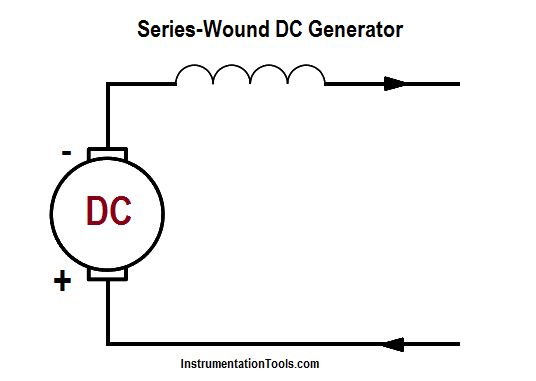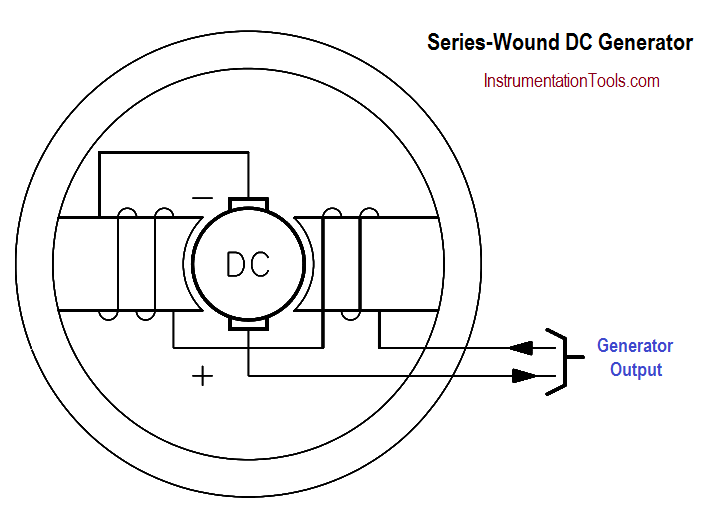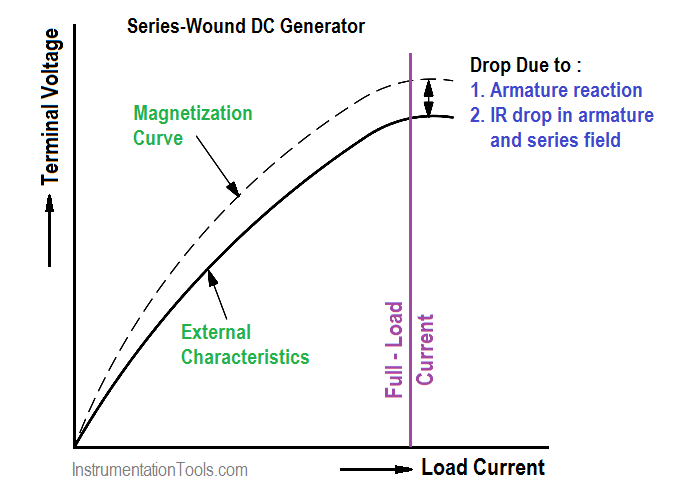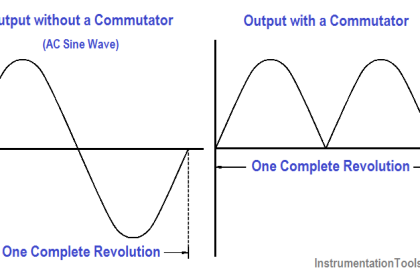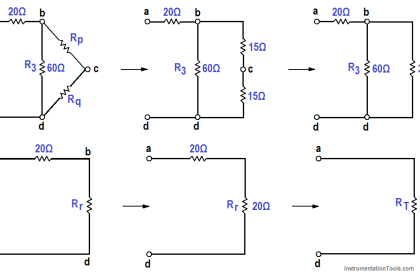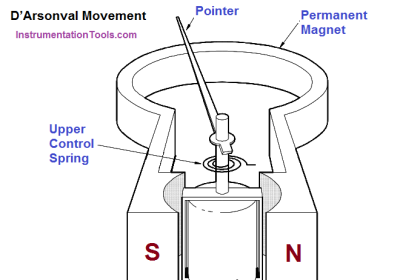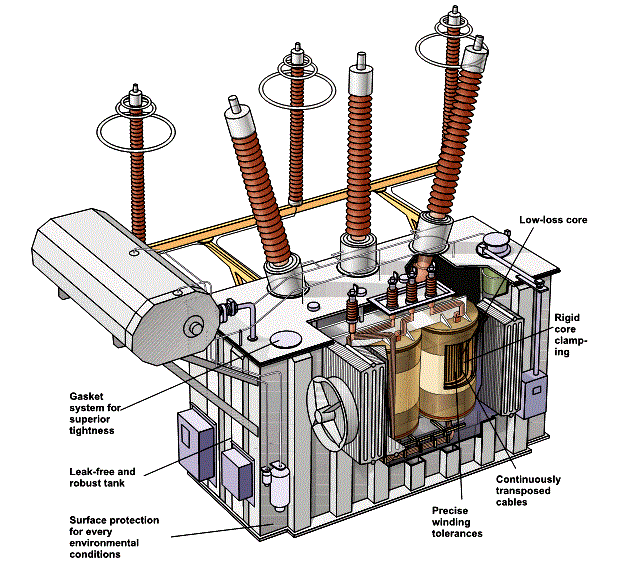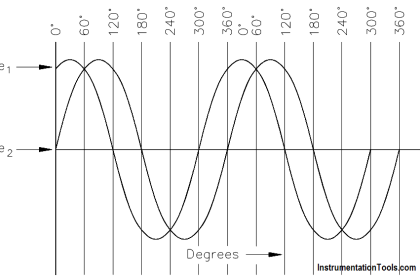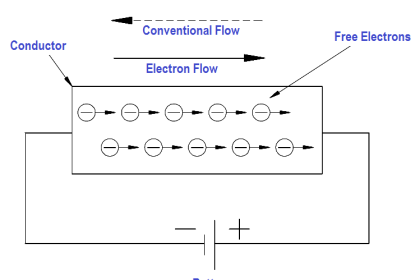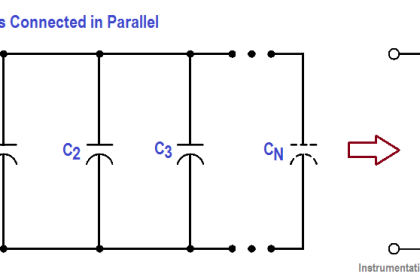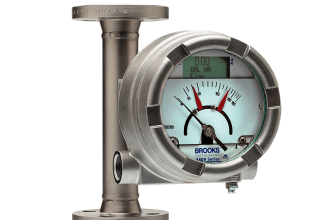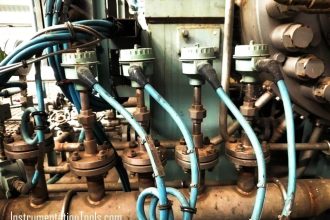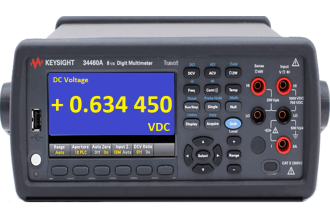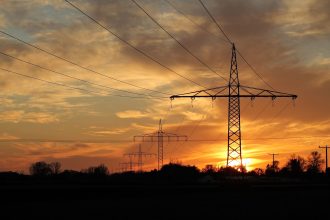When the field winding of a DC generator is connected in series with the armature, the generator is called a series-wound generator (Figure 10).
Figure 10a : Series-Wound DC Generator
The excitation current in a series-wound generator is the same as the current the generator delivers to the load. If the load has a high resistance and only draws a small amount of current, the excitation current is also small. Therefore, the magnetic field of the series field winding is weak, making the generated voltage low.
Figure 10b : Series-Wound DC Generator
Conversely, if the load draws a large current, the excitation current is also high. Therefore, the magnetic field of the series field winding is very strong, and the generated voltage is high.
Figure 11 : Output Voltage-vs-Load Current for Series-Wound DC Generator
As you can see in Figure 11, in a series generator, changes in load current drastically affect the generator output voltage. A series generator has poor voltage regulation, and, as a result, series generators are not used for fluctuating loads.
As is the case for the shunt-wound generator, a series-wound generator also exhibits some losses due to the resistance of the windings and armature reaction. These losses cause a lower terminal voltage than that for an ideal magnetization curve.
